Why Choosing a Reputable Joinery Company Saves You Money in the Long Run
When it comes to home improvements, selecting the right joinery company is crucial. While it may be tempting to opt...
Read MoreLast Updated: 15 October 2024
When it comes to home improvements, conservatories have long been a popular choice for homeowners looking to extend their living space and bring more natural light into their homes.
However, a common concern, and perhaps a misconception, is whether these glass structures can be energy efficient (spoiler, they can).
In this comprehensive guide, we’ll explore the topic of energy-efficient conservatories, discussing various materials, designs, and technologies that can help make your conservatory a thermally efficient and comfortable space all year round.
After all, the importance of energy efficiency in conservatories cannot be overstated. As we become increasingly aware of our carbon footprint and the need for sustainable living, it’s crucial to consider how our home improvements impact the environment and our energy bills.
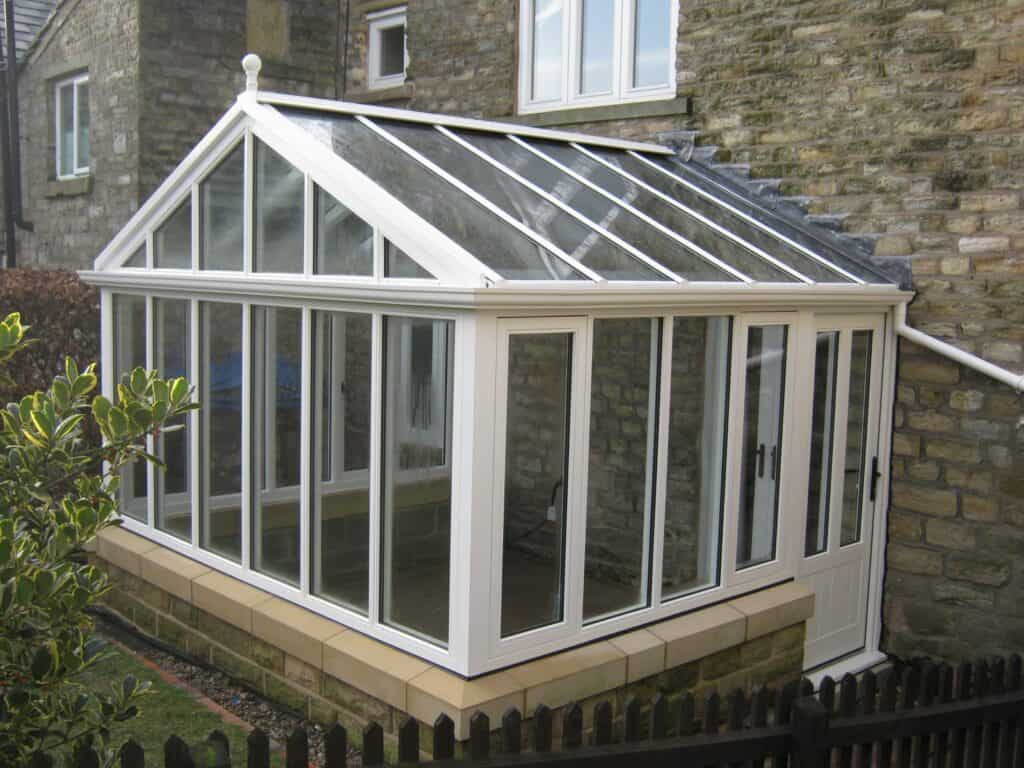
To fully appreciate the potential for energy efficiency in conservatories, it’s essential to understand the factors that contribute to heat loss and gain in these structures.
Traditional conservatories made using polycarbonate often struggle with temperature regulation, becoming too hot in summer and too cold in winter. This leads to increased reliance on heating and cooling systems, resulting in higher energy bills and a larger carbon footprint.
Maybe you’ve visited a relative’s polycarbonate conservatory, and the rattling of the rain on the glass roof, or lack of double glazing has led to negative connotations on what a conservatory could offer you – well, don’t let those experiences put you off.
By addressing these factors, it’s possible to create a conservatory that maintains a comfortable temperature year-round while minimising energy consumption. Then you can create a dream space to use as an extra lounge, home office, workout area, or however you wish.
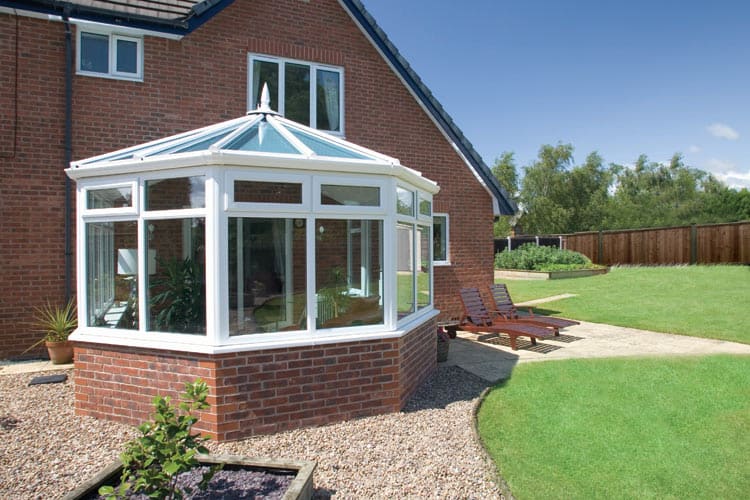
For many years, polycarbonate roofs were a popular choice for conservatories due to their affordability and lightweight nature.
However, these structures are now considered outdated and inefficient.
Polycarbonate conservatories often suffer from poor insulation, leading to significant heat loss in winter and overheating in summer. This results in an uncomfortable living space and increased energy costs as homeowners struggle to maintain a pleasant temperature, relying on expensive radiators and electric heaters.
Today, homeowners have access to far superior options when it comes to conservatory materials.
Two of the most popular and energy-efficient choices for these home extensions are uPVC and timber conservatories.
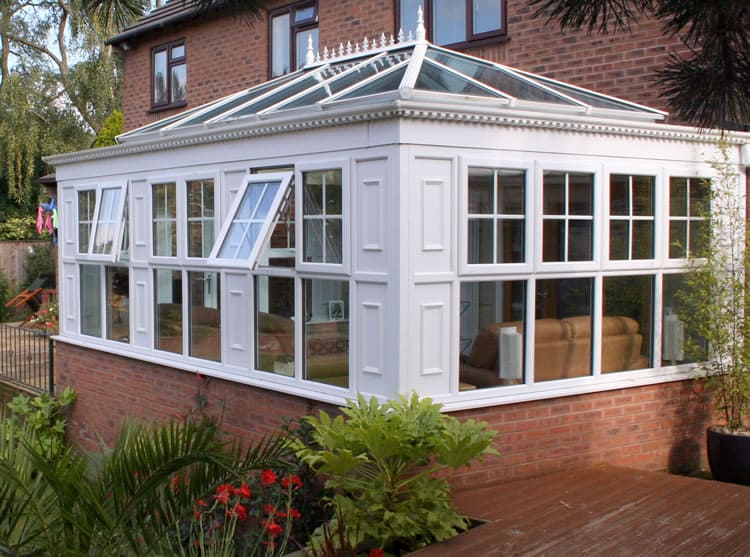
uPVC (unplasticised polyvinyl chloride) has become a go-to material for conservatory construction due to its excellent thermal properties and durability.
uPVC conservatories offer several benefits that contribute to their energy efficiency:
For those seeking a more traditional or luxurious look, timber conservatories offer an excellent balance of aesthetics and energy efficiency.
Timber conservatories boast several advantages:
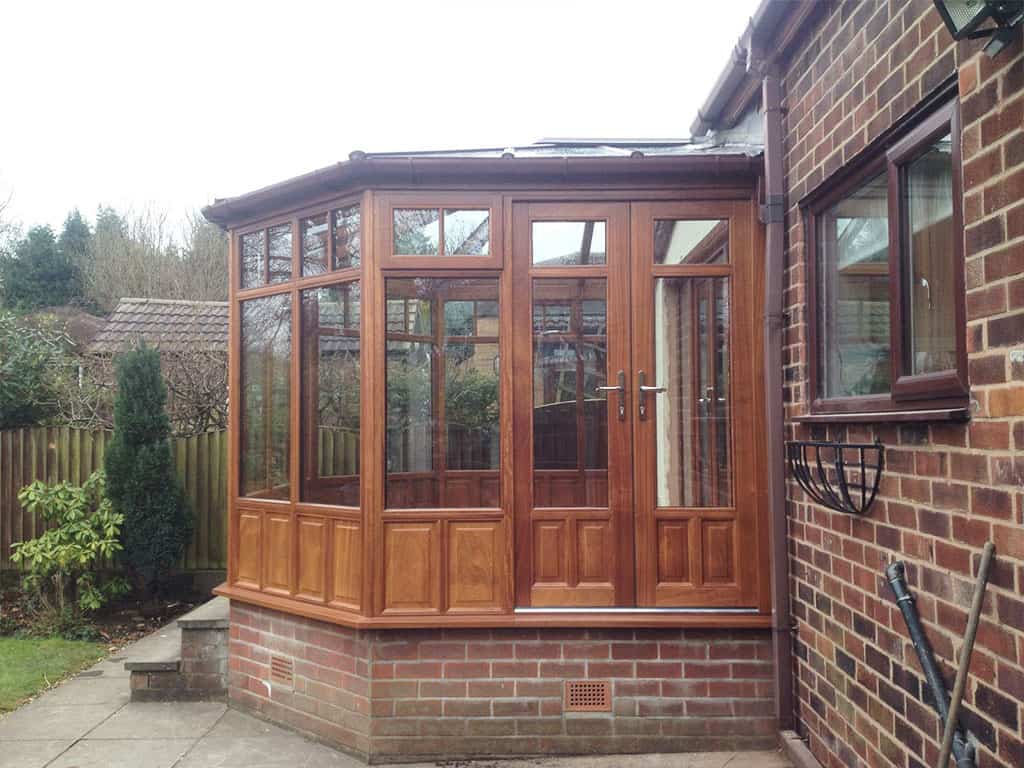
Roof lanterns are an increasingly popular choice for conservatories and orangeries, offering a perfect balance of natural light and energy efficiency.
These architectural features provide several benefits:
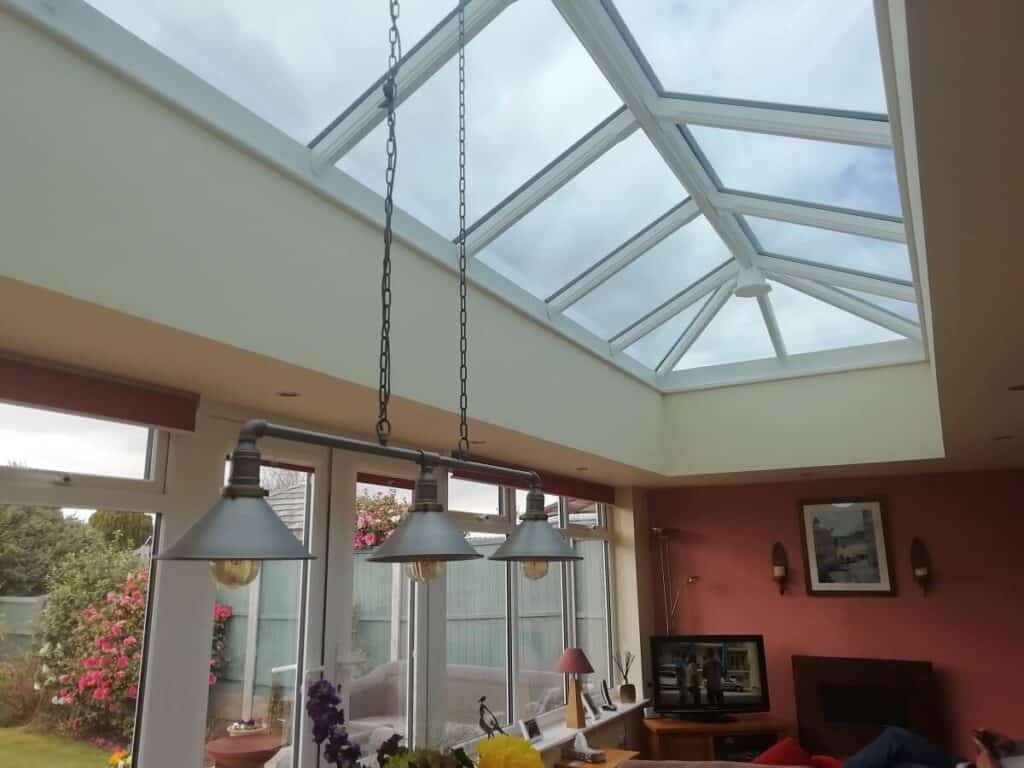
For homeowners seeking the ultimate in energy efficiency and versatility, the LivinRoof system offers an innovative solution.
This hybrid roof design combines solid and glazed panels, allowing you to customise the amount of natural light and insulation in your conservatory.
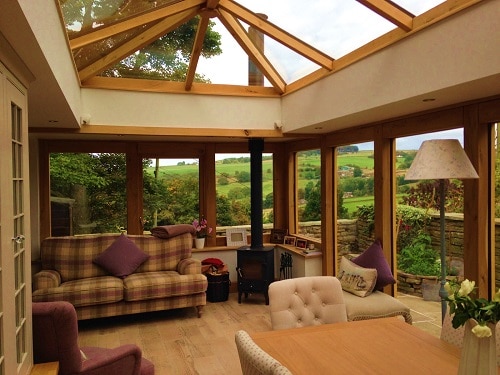
If you have an older conservatory that’s not performing as efficiently as you’d like, there are several steps you can take to improve its thermal performance:
At Reddish Joinery, we understand the importance of energy efficiency in home improvements, as we’ve been serving local customers across Cheshire and the wider North West since we were founded in 1967!
Our range of conservatory installations, including uPVC and timber options, are designed with thermal performance in mind. They’re also available to be installed in a huge range of styles, such as Victorian, Edwardian, Lean-to, P-shape, Gable-end, and other bespoke designs – all boasting an exceptional life span of up to 80 years.
The conservatory frames are available in any RAL colour, so you have the luxury of colour-matching your new extension to existing windows and doors.
We offer:
If you do have any queries, our friendly customer service team will be able to answer them on 0161 969 7474, or on email at sales@reddishjoinery.com. We offer a free quote on all of our installations, which you can access here.
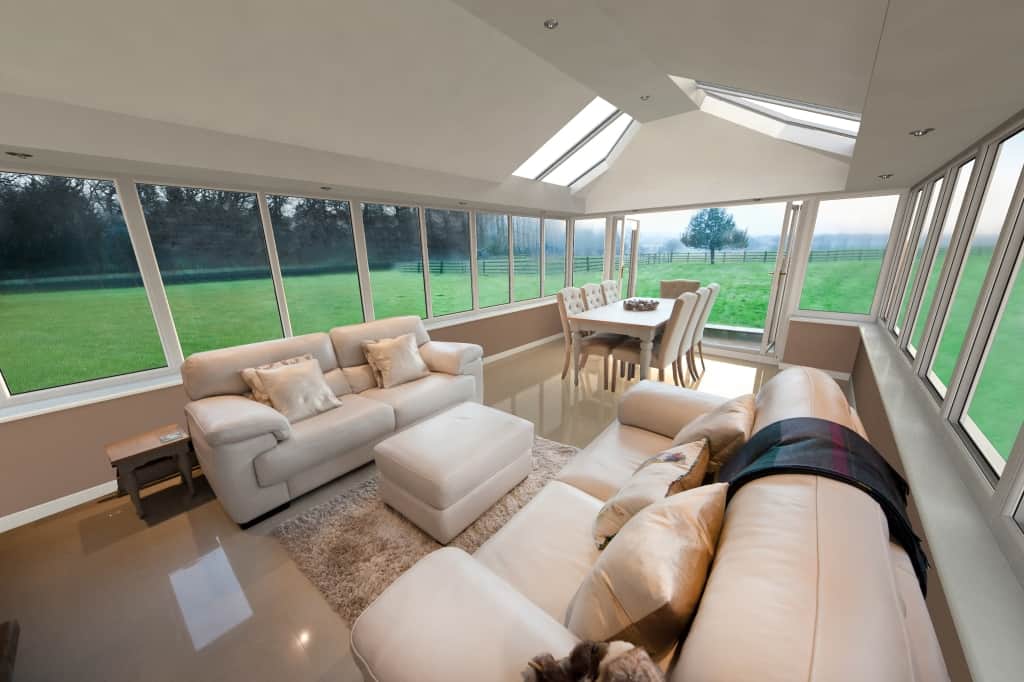
When it comes to home improvements, selecting the right joinery company is crucial. While it may be tempting to opt...
Read MoreAdding an orangery to your home is a fantastic way to expand your living space while adding to the value...
Read MoreLooking to expand your living space? At times it can feel like your home is shrinking, closing in around you...
Read MoreIf you’re considering adding an orangery to your home, one of the first questions that might pop into your mind...
Read More